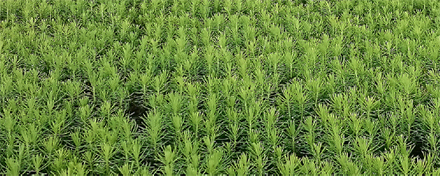A new Skogforsk lead project will investigate the reasons why less than 80% of preferred plants in Swedish reforestation projects survive after reaching three years of age. Source: Timberbiz
The project will run over five years and in addition to Skogforsk, the Forestry Research Institute of Sweden, a further eight forest companies will participate. Together they will inventory a vast area of planted reforestation land in order to gather knowledge about why so many plants fail to survive. All inventories will be carried out in the same way.
“It’s a huge project and the companies taking part are able to use massive data sets in comparison with their regular inventorying, which is normally limited to their own reforestation areas,” said Mattias Berglund, a researcher at Skogforsk and leader of the project.
Data from the inventories will be collected in a database for further usage, and the project conclusions and analysis will be continuously reported to the stakeholders at an annual seminar.
“The more data we put into the data base the more we’ll be able to identify high-risk combinations such as what type of plants survive and which planting spots cause plant mortality. In the long run we se opportunities to take weather conditions into consideration as well,” Mr Berglund said.
Preferred plants in Swedish forestry originate from plant breeding and nursery management. Consequently, they grow approximately 20%-25% faster than naturally regenerated plants. When a preferred plant fails to survive it is often replaced by a naturally regenerated plant.
In a worse-case scenario there will be no plants left at all. This potential outcome, and the fact that bred plants have a relatively high economic value, explains the importance of the project.






